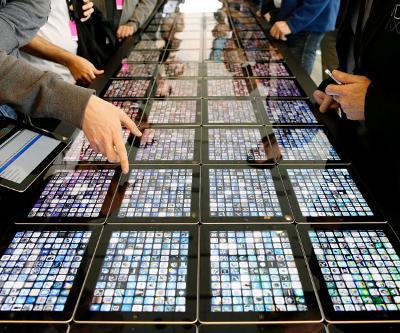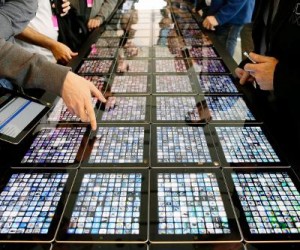2 mins read
Next Stage In Mobile Revolution: Apps Going’Offline’

Copyright 2023, IT Voice Media Pvt. Ltd.
All Rights Reserved

 mobile-first model, a clutch of firms in Silicon Valley and India have moved on to the next stage — an offline-first strategy.
mobile-first model, a clutch of firms in Silicon Valley and India have moved on to the next stage — an offline-first strategy.